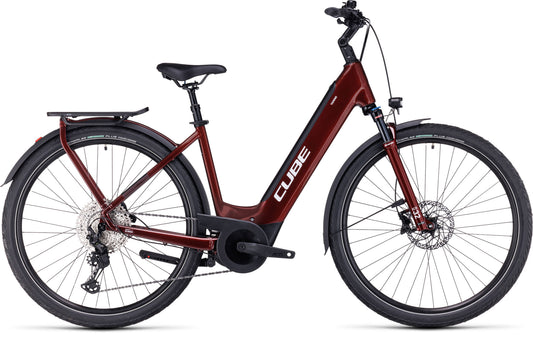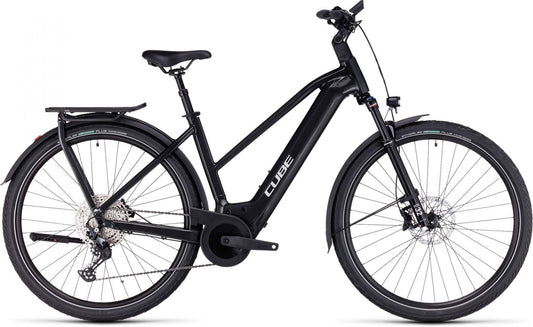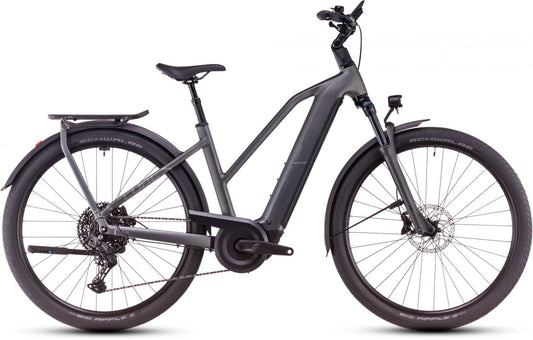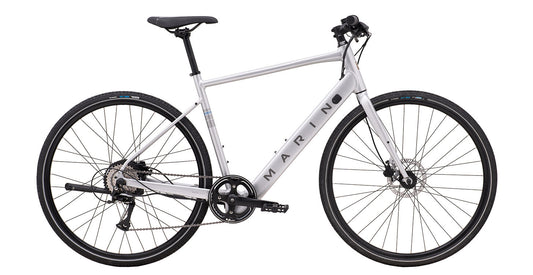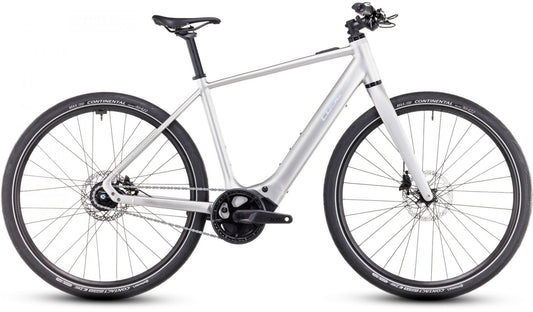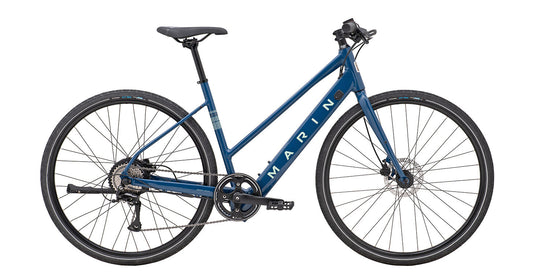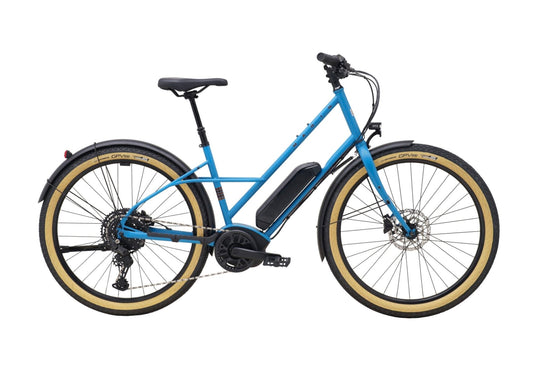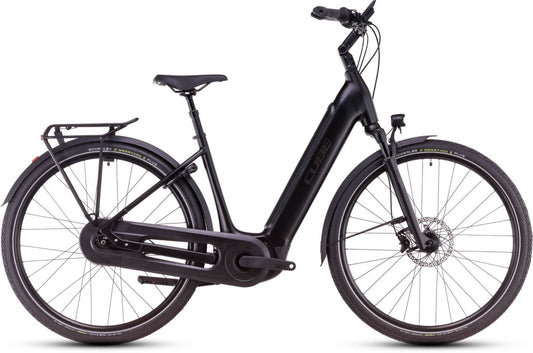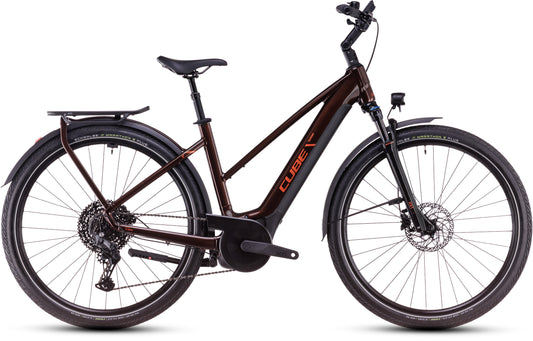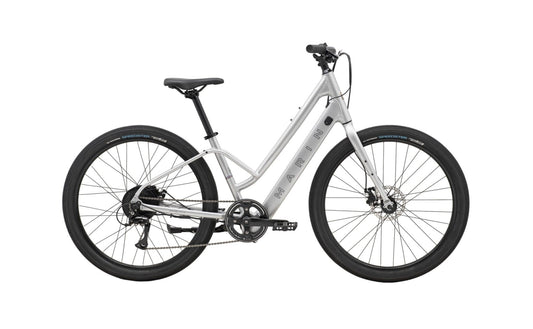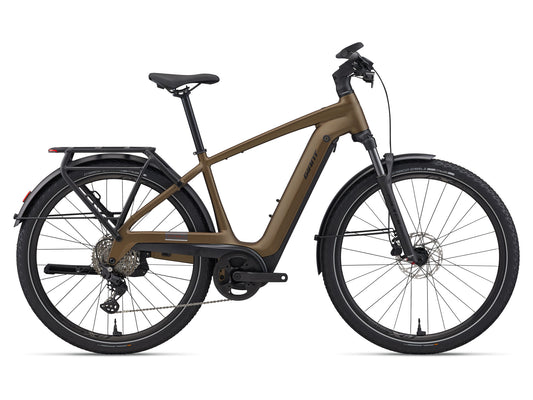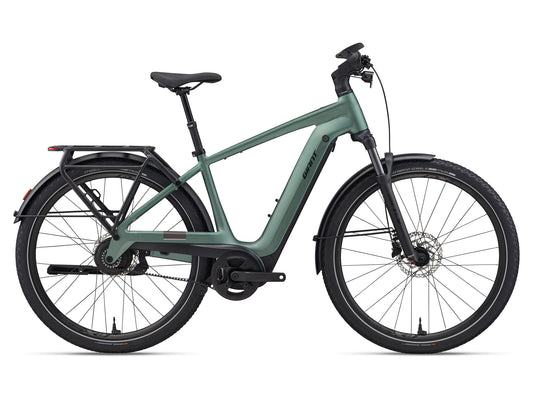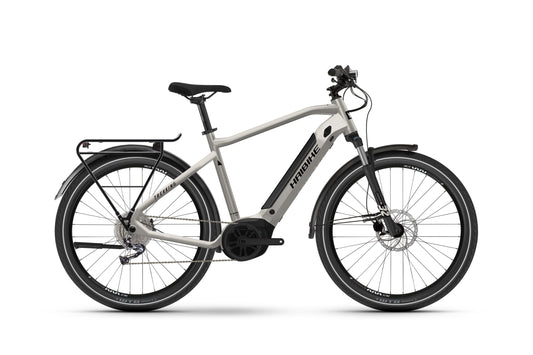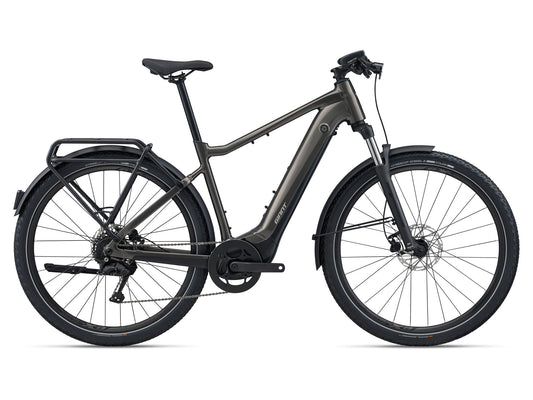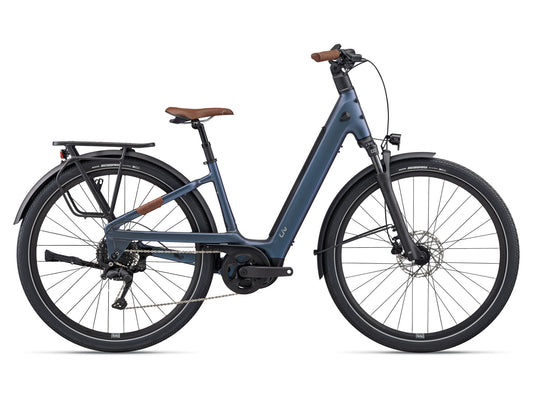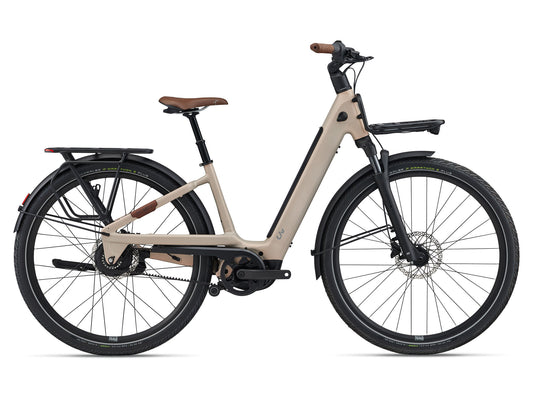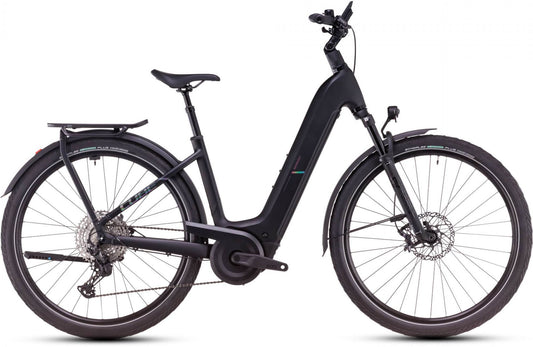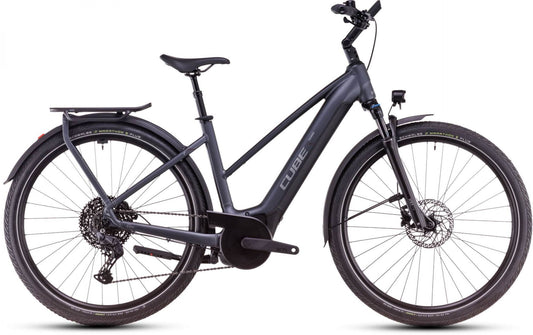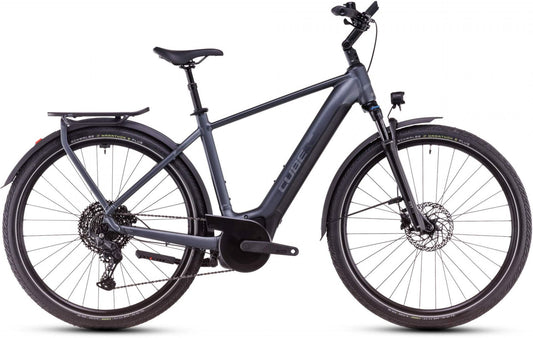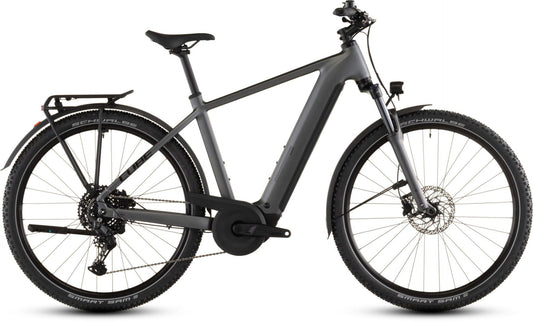Regular price
£2,794.00
Save 17%
Regular price
Price Match
Regular price
£3,149.00
Save 7%
Regular price
Price Match
Regular price
£3,509.00
Save 10%
Regular price
Price Match
Regular price
£3,299.00
Regular price
£3,299.00
Sale price
£3,299.00
Unit price
per
Price Match
Regular price
£1,594.00
Save 0%
Regular price
Price Match
Regular price
£2,499.00
Regular price
£2,499.00
Sale price
£2,499.00
Unit price
per
Price Match
Regular price
£1,594.00
Save 0%
Regular price
Price Match
Regular price
£2,844.00
Save 0%
Regular price
Price Match
Regular price
£3,299.00
Regular price
£3,299.00
Sale price
£3,299.00
Unit price
per
Price Match
Regular price
£2,699.00
Regular price
£2,699.00
Sale price
£2,699.00
Unit price
per
Price Match
Regular price
£1,594.00
Save 0%
Regular price
Price Match
Regular price
£2,999.00
Regular price
£2,999.00
Sale price
£2,999.00
Unit price
per
Price Match
Regular price
£3,499.00
Regular price
£3,499.00
Sale price
£3,499.00
Unit price
per
Price Match
Regular price
£1,895.00
Save 17%
Regular price
Price Match
Regular price
£2,499.00
Regular price
£2,499.00
Sale price
£2,499.00
Unit price
per
Price Match
Regular price
£1,315.00
Save 24%
Regular price
Price Match
Regular price
£1,390.00
Save 24%
Regular price
Price Match
Regular price
£1,390.00
Save 24%
Regular price
Price Match
Regular price
£2,599.00
Regular price
£2,599.00
Sale price
£2,599.00
Unit price
per
Price Match
Regular price
£3,199.00
Regular price
£3,199.00
Sale price
£3,199.00
Unit price
per
Price Match
Regular price
£3,599.00
Regular price
£3,599.00
Sale price
£3,599.00
Unit price
per
Price Match
Regular price
£2,699.00
Regular price
£2,699.00
Sale price
£2,699.00
Unit price
per
Price Match
Regular price
£2,699.00
Regular price
£2,699.00
Sale price
£2,699.00
Unit price
per
Price Match
Regular price
£2,399.00
Regular price
£2,399.00
Sale price
£2,399.00
Unit price
per
Price Match


